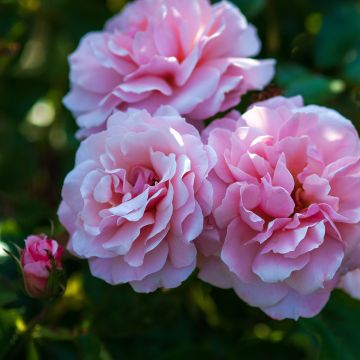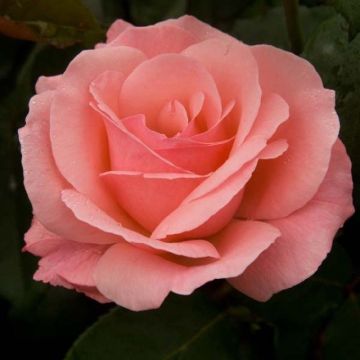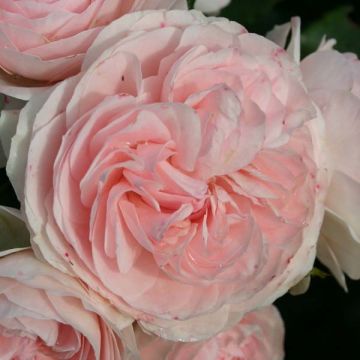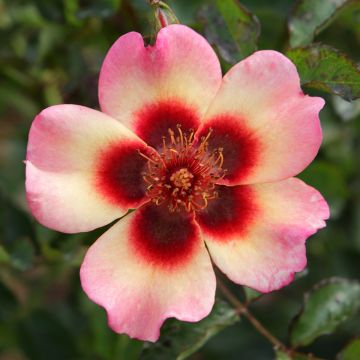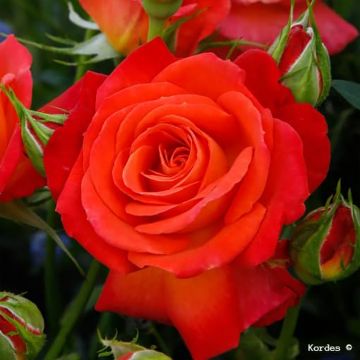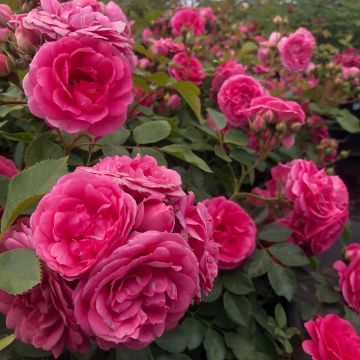

Rosa arvensis - Field Rose


Rosa arvensis - Field Rose


Rosa arvensis - Field Rose


Rosa arvensis - Field Rose
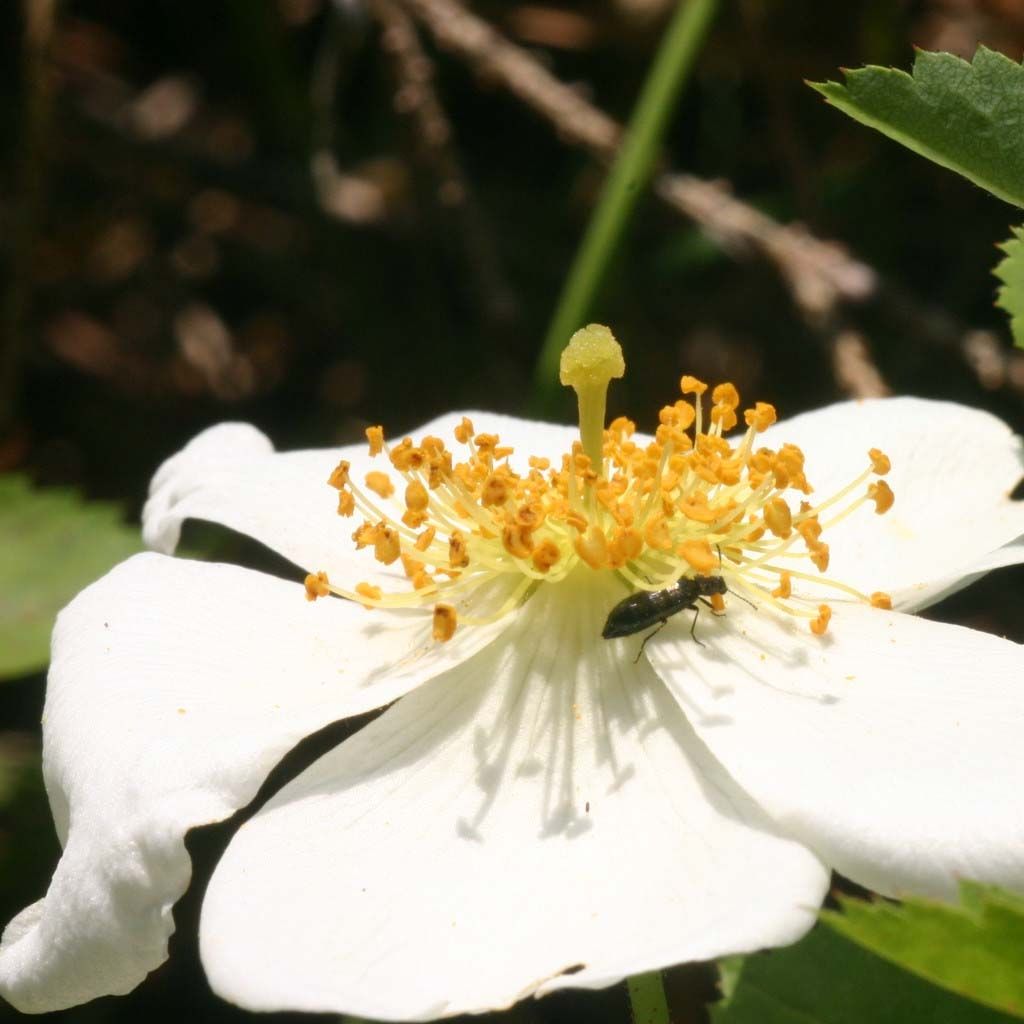

Rosa arvensis - Field Rose


Rosa arvensis - Field Rose
Rosa arvensis - Field Rose
Rosa arvensis
Field rose, Country rose, Creeping rose, Wild Rose
Special offer!
Receive a €20 voucher for any order over €90 (excluding delivery costs, credit notes, and plastic-free options)!
1- Add your favorite plants to your cart.
2- Once you have reached €90, confirm your order (you can even choose the delivery date!).
3- As soon as your order is shipped, you will receive an email containing your voucher code, valid for 3 months (90 days).
Your voucher is unique and can only be used once, for any order with a minimum value of €20, excluding delivery costs.
Can be combined with other current offers, non-divisible and non-refundable.
Home or relay delivery (depending on size and destination)
Schedule delivery date,
and select date in basket
We guarantee the quality of our plants for a full growing cycle, and will replace at our expense any plant that fails to recover under normal climatic and planting conditions.
Description
Rosa arvensis, the field or wild rose, is a European botanical rose naturally found in woods and hedges. It is a once-flowering species that is nevertheless charming and robust. It only blooms once in summer, but its lovely white hips are pleasantly scented and open abundantly in clusters. Its red fruits will delight the birds. Place this rose in full sun or partial shade, in a rustic setting, as a mass planting or ground cover. It will thrive without care once established.
The Rosa arvensis, from the Rosaceae family, is widespread from Western Europe to Turkey. This species is sometimes called the creeping rose due to its low and wide habit and ability to layer spontaneously. At maturity, it forms a bushy shrub about 75 cm (30in) tall and at least 1 m (3ft) wide. The branches, initially purple-red and then dark green, bear large, slightly curved thorns. Trailing, they easily root upon contact with the ground, allowing the bush to spread in width. The deciduous leaves are divided into 5 to 7 slightly hairy, dark green, toothed leaflets. They fall in autumn. Flowering occurs in early summer. It forms pyramidal clusters called corymbs, composed of several flowers measuring 3 to 5 cm (1 to 2in) in diameter. Each flower, shaped like a flattened cup, comprises 5 slightly lobed ivory-white petals. In the centre of the flower are yellow stamens surrounding a prominent column composed of fused styles. The fruits are more or less spherical, edible, and turn red when ripe.
The wild rose is an undemanding plant in terms of soil, very hardy, perfectly suited to all our regions. This species is appreciated as a honey plant and a bird food source. You can use it naturally, as a ground cover, above a wall, at the front of a shrub bed, or even in a free hedge. For example, associate it with other botanical or old roses, flowering shrubs such as Deutzia or mock oranges, Amelanchier ovalis, a purple Zellernoot hazel.
Report an error about the product description
Rosa arvensis - Field Rose in pictures
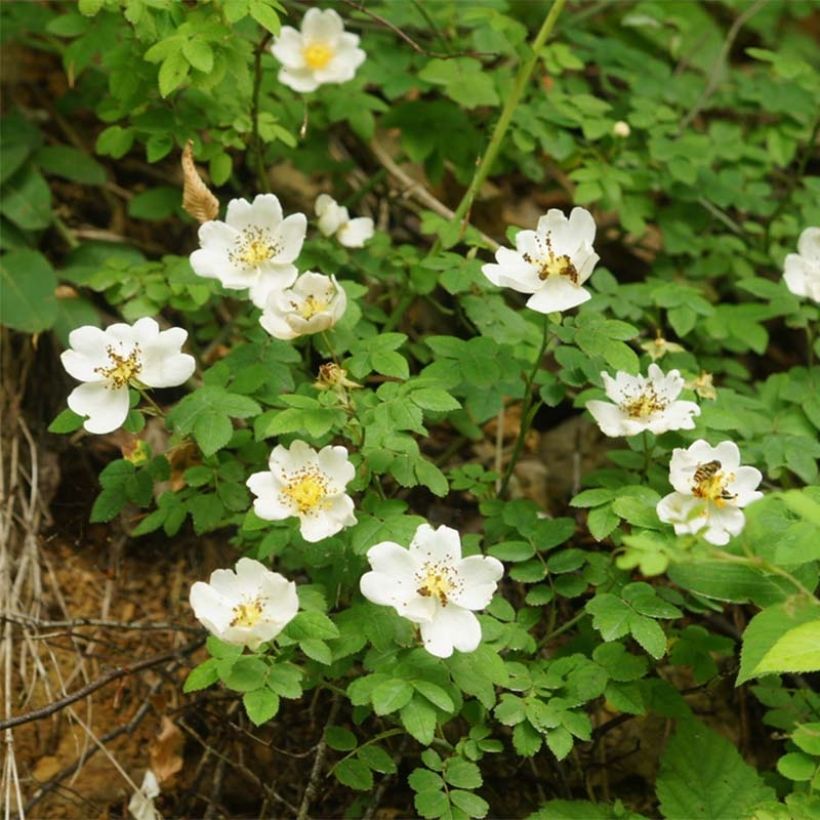

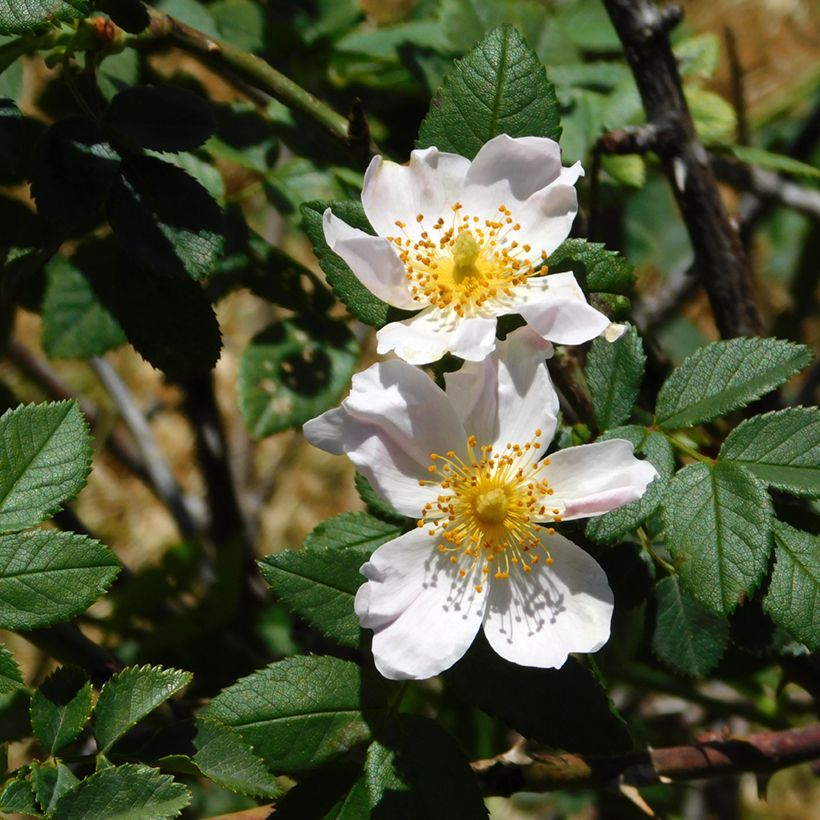

Plant habit
Flowering
Foliage
Botanical data
Rosa
arvensis
Rosaceae
Field rose, Country rose, Creeping rose, Wild Rose
Western Europe
Planting and care
The Rosa arvensis is a hardy and adaptable plant species that can be grown in deep soil, preferably limestone. It can withstand temperatures as low as -25°C (-13°F) and can thrive in any region with a sunny or partially shaded exposure. This botanical species is also resistant to common rose diseases. However, it's important to take care when planting it to ensure its success. While pruning isn't necessary, removing dead wood during winter may be helpful. It's recommended to avoid severe pruning that could damage the plant's attractive bushy habit. Additionally, the older branches can serve as natural supports for new shoots.
Roses may develop unsightly spots at the end of summer, but this is a natural occurrence and doesn't harm the rose's growth.
Planting period
Intended location
Care
This item has not been reviewed yet - be the first to leave a review about it.
Similar products
Haven't found what you were looking for?
Hardiness is the lowest winter temperature a plant can endure without suffering serious damage or even dying. However, hardiness is affected by location (a sheltered area, such as a patio), protection (winter cover) and soil type (hardiness is improved by well-drained soil).

Photo Sharing Terms & Conditions
In order to encourage gardeners to interact and share their experiences, Promesse de fleurs offers various media enabling content to be uploaded onto its Site - in particular via the ‘Photo sharing’ module.
The User agrees to refrain from:
- Posting any content that is illegal, prejudicial, insulting, racist, inciteful to hatred, revisionist, contrary to public decency, that infringes on privacy or on the privacy rights of third parties, in particular the publicity rights of persons and goods, intellectual property rights, or the right to privacy.
- Submitting content on behalf of a third party;
- Impersonate the identity of a third party and/or publish any personal information about a third party;
In general, the User undertakes to refrain from any unethical behaviour.
All Content (in particular text, comments, files, images, photos, videos, creative works, etc.), which may be subject to property or intellectual property rights, image or other private rights, shall remain the property of the User, subject to the limited rights granted by the terms of the licence granted by Promesse de fleurs as stated below. Users are at liberty to publish or not to publish such Content on the Site, notably via the ‘Photo Sharing’ facility, and accept that this Content shall be made public and freely accessible, notably on the Internet.
Users further acknowledge, undertake to have ,and guarantee that they hold all necessary rights and permissions to publish such material on the Site, in particular with regard to the legislation in force pertaining to any privacy, property, intellectual property, image, or contractual rights, or rights of any other nature. By publishing such Content on the Site, Users acknowledge accepting full liability as publishers of the Content within the meaning of the law, and grant Promesse de fleurs, free of charge, an inclusive, worldwide licence for the said Content for the entire duration of its publication, including all reproduction, representation, up/downloading, displaying, performing, transmission, and storage rights.
Users also grant permission for their name to be linked to the Content and accept that this link may not always be made available.
By engaging in posting material, Users consent to their Content becoming automatically accessible on the Internet, in particular on other sites and/or blogs and/or web pages of the Promesse de fleurs site, including in particular social pages and the Promesse de fleurs catalogue.
Users may secure the removal of entrusted content free of charge by issuing a simple request via our contact form.
The flowering period indicated on our website applies to countries and regions located in USDA zone 8 (France, the United Kingdom, Ireland, the Netherlands, etc.)
It will vary according to where you live:
- In zones 9 to 10 (Italy, Spain, Greece, etc.), flowering will occur about 2 to 4 weeks earlier.
- In zones 6 to 7 (Germany, Poland, Slovenia, and lower mountainous regions), flowering will be delayed by 2 to 3 weeks.
- In zone 5 (Central Europe, Scandinavia), blooming will be delayed by 3 to 5 weeks.
In temperate climates, pruning of spring-flowering shrubs (forsythia, spireas, etc.) should be done just after flowering.
Pruning of summer-flowering shrubs (Indian Lilac, Perovskia, etc.) can be done in winter or spring.
In cold regions as well as with frost-sensitive plants, avoid pruning too early when severe frosts may still occur.
The planting period indicated on our website applies to countries and regions located in USDA zone 8 (France, United Kingdom, Ireland, Netherlands).
It will vary according to where you live:
- In Mediterranean zones (Marseille, Madrid, Milan, etc.), autumn and winter are the best planting periods.
- In continental zones (Strasbourg, Munich, Vienna, etc.), delay planting by 2 to 3 weeks in spring and bring it forward by 2 to 4 weeks in autumn.
- In mountainous regions (the Alps, Pyrenees, Carpathians, etc.), it is best to plant in late spring (May-June) or late summer (August-September).
The harvesting period indicated on our website applies to countries and regions in USDA zone 8 (France, England, Ireland, the Netherlands).
In colder areas (Scandinavia, Poland, Austria...) fruit and vegetable harvests are likely to be delayed by 3-4 weeks.
In warmer areas (Italy, Spain, Greece, etc.), harvesting will probably take place earlier, depending on weather conditions.
The sowing periods indicated on our website apply to countries and regions within USDA Zone 8 (France, UK, Ireland, Netherlands).
In colder areas (Scandinavia, Poland, Austria...), delay any outdoor sowing by 3-4 weeks, or sow under glass.
In warmer climes (Italy, Spain, Greece, etc.), bring outdoor sowing forward by a few weeks.

































